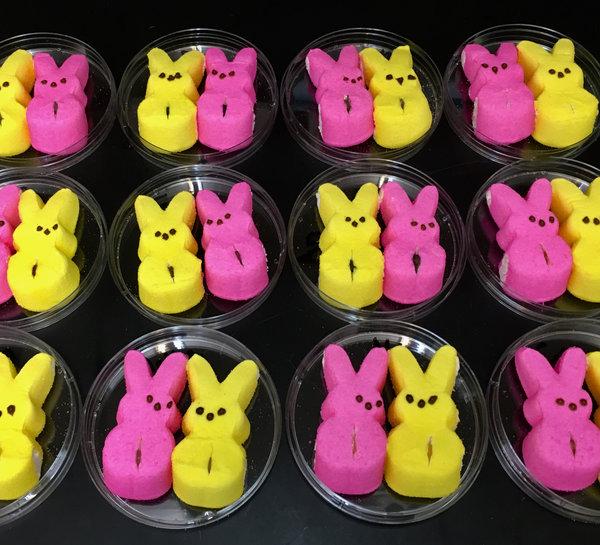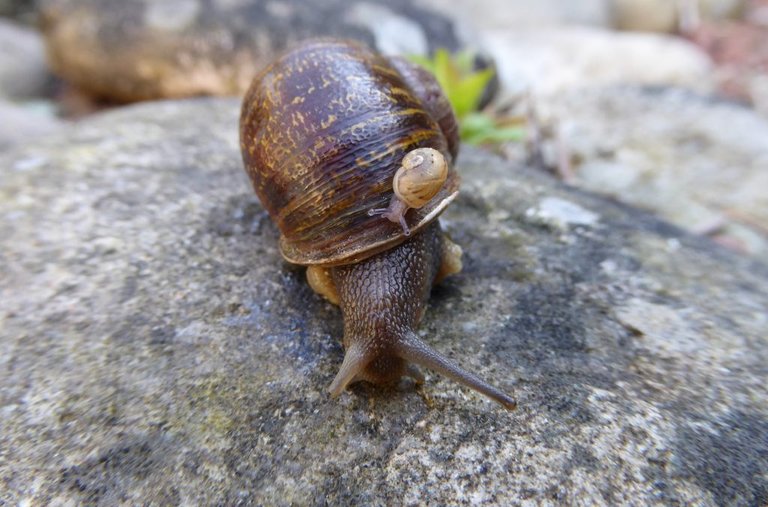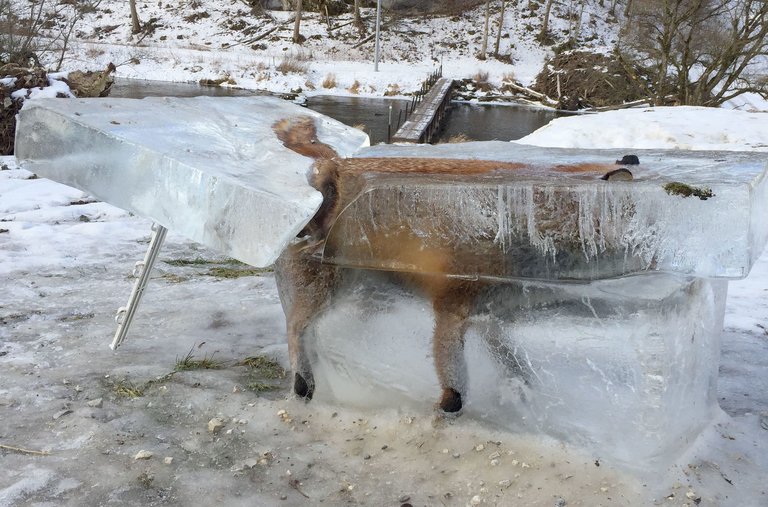It’s science time in Candy Land.
On Twitter this week, a scientist at West Virginia University shared his latest experiment: Sugar-coated marshmallow bunnies inoculated with a dozen kinds of fungi, and thousands of people are eager to see the results.
But why?
Welcome to the weird world of #fungalpeeps in which Matthew Kasson, the mycologist at West Virginia University and the fun guy behind this experiment, is studying whether common fungi can survive, and potentially thrive, under extreme conditions — like the sugary, chemically preserved, water-deprived bellies of marshmallow peeps. He hopes to show how a simple, silly experiment can illuminate the basics of studying fungal biology and ecology.
“Given it’s the holiday season — of which peeps are apart of — I thought it would be interesting to see if fungi could colonize these things that have a long shelf life,” Dr. Kasson said.

The Peeps all received incisions to insert the fungal treatments.CreditMatt Kasson
Peeps are a good substrate for fungal research because they contain sugar and corn syrup, which some fungi love. But they also contain potassium sorbate, a preservative that prolongs shelf life and prohibits the growth of many molds and yeasts. So Dr. Kasson bought two packages of yellow and pink peeps (with personal funds) and brought them to his lab.
He selected fungi from a stock of cultures he was growing for his daily work investigating their roles in forest pathology. The dozen candidates included fungi common in forests that love sugar, degrade wood, cause diseases in trees or are related to penicillin, which seems to tolerate potassium sorbate.
Which would tolerate this environment? Would any thrive?
With sterile scalpel blades, he sliced a single vertical incision in each bunny’s belly and inserted fungal samples. He repeated this for all 12 fungi in pink and yellow peeps. Twenty-four hours later, he added a drop of sterile water “directly into the incision wounds” of a random set of peeps to assist colonization.
As of now, the fungal plug recipients are being kept in sterile containers and monitored daily. After two weeks, Dr. Kasson will bisect the subjects to search for signs of growth, like mycelium or spores. When the experiment ends, he will isolate anything that took root, or try regrowing the fungal bits he put into the peeps in a regular medium to demonstrate that the candy didn’t kill it.
“We will then autoclave them with the rest of the hazardous material,” Dr. Kasson said. “There will be no consumption.”
While this fungal candy transplant may seem kooky, pitting a microbe against environmental forces in a growth medium is the same process he and other microbiologists use to examine a microbe’s function and its preferred environment.
After just three days, Dr. Kasson has noticed that Penicillium is starting to colonize the peeps. He should know about the others by Easter, April 21, he says.
“I had an inclination that people would get a laugh out of this, but I wouldn’t imagine that it’d have so many likes and retweets and engagements. It’s probably my most popular tweet ever,” Dr. Kasson said.
Whatever the results, experiments like Dr. Kasson’s pull us in, even if just for fun.
“It might seem like, “Oh, you’re doing that deliberately to get clicks or something’. But that’s the point. If what we’re doing on social media never connects with the general public, then why are we on there?”








